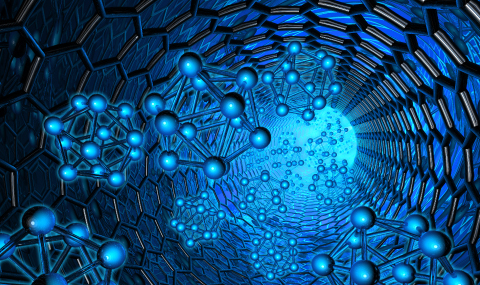Novel concepts and tools were developed for the precise evaluation of the ionization track structure, induced by charged particles traversing a small dilute gas cell – forming an expanded model of the DNA molecule. The resulting nanodosimeter permits counting single radiation-induced ions formed within the gas volume; it enabled, for the first time, modeling the interaction of radiation with condensed mater on a nanometer scale, relevant for the understanding of radiation damage to tissue, at the DNA scale. Ion-counting nanodosimeters based on this principle were investigated in accelerator beams providing ionization-cluster distributions induced by radiation fields spanning 4 orders of magnitude in average ionization density (LET). The ionization density data were combined with the results of damage to plasmid-DNA irradiated in the same fields. Their correlation permitted to model the phenomena of radiation-induced mutagenesis and cell death, induced by large ionization clusters. It permitted preparing a model, which predicts the yields of clustered DNA lesions, based on cluster size distributions within a gas model.
Radiation Detection Physics


